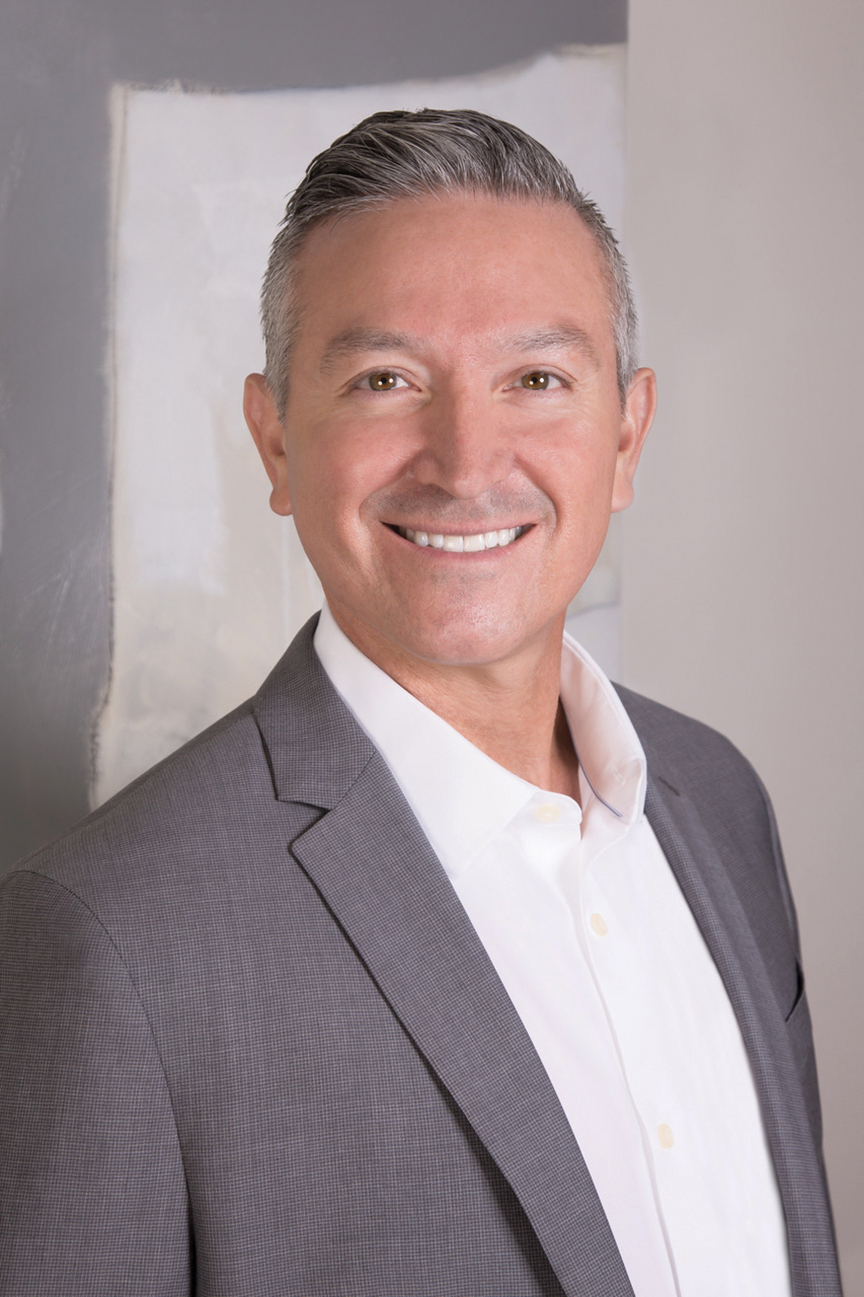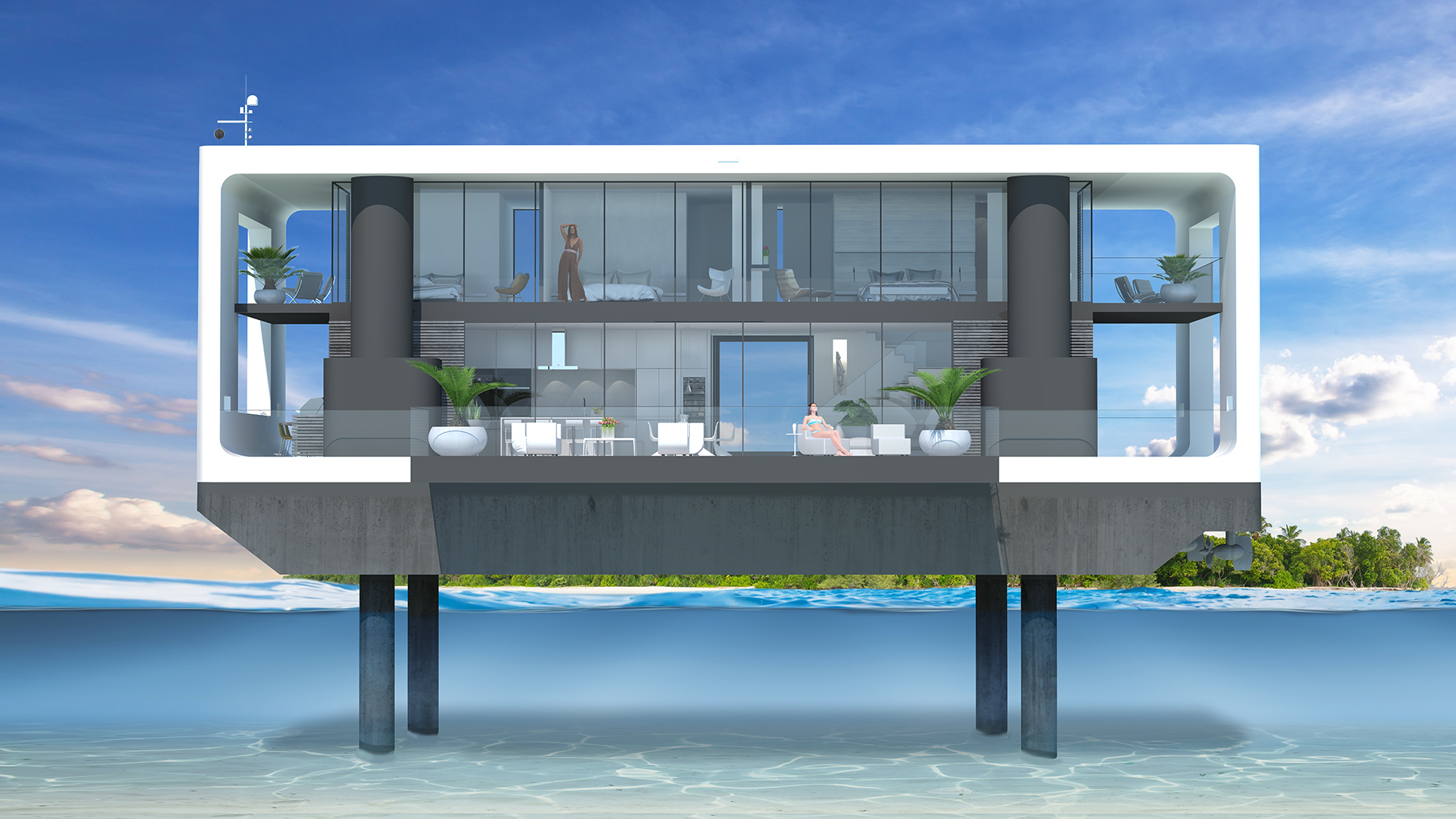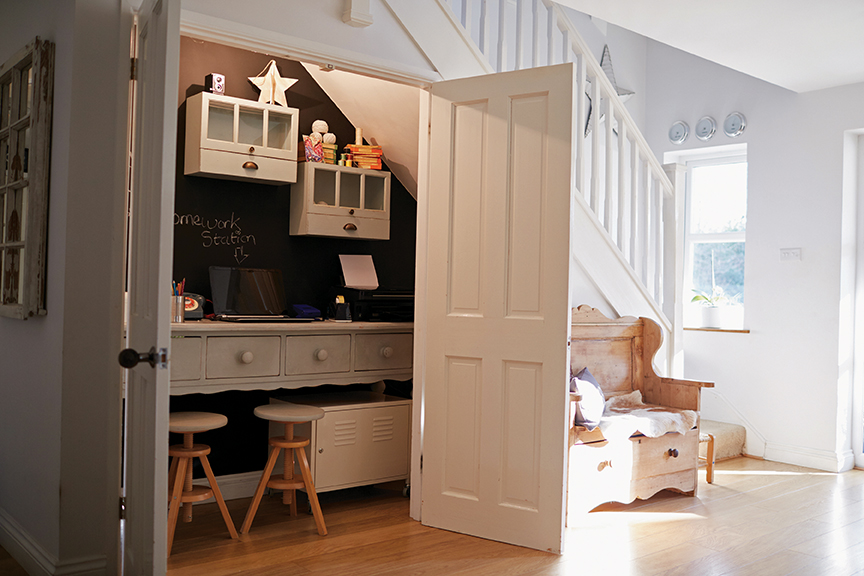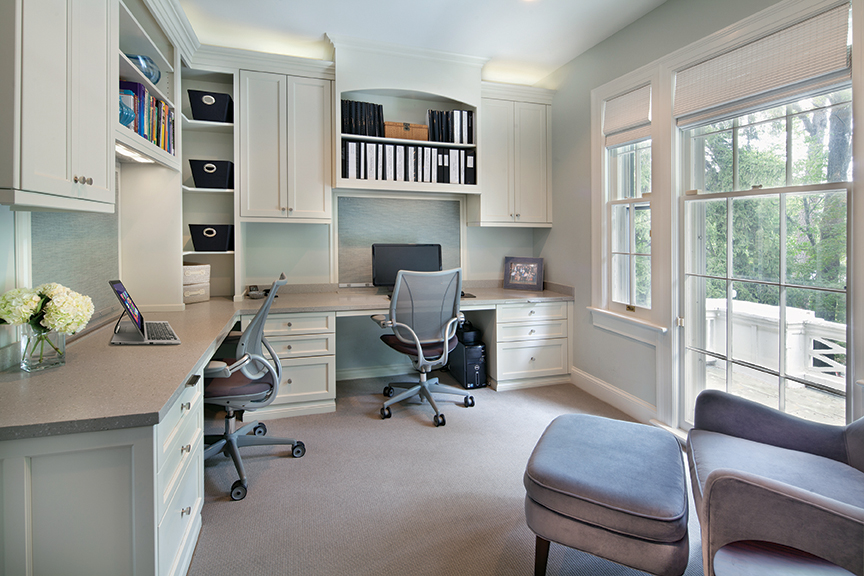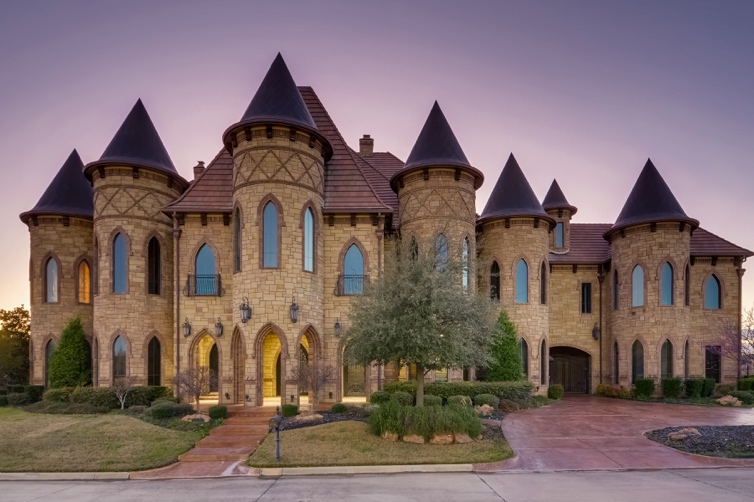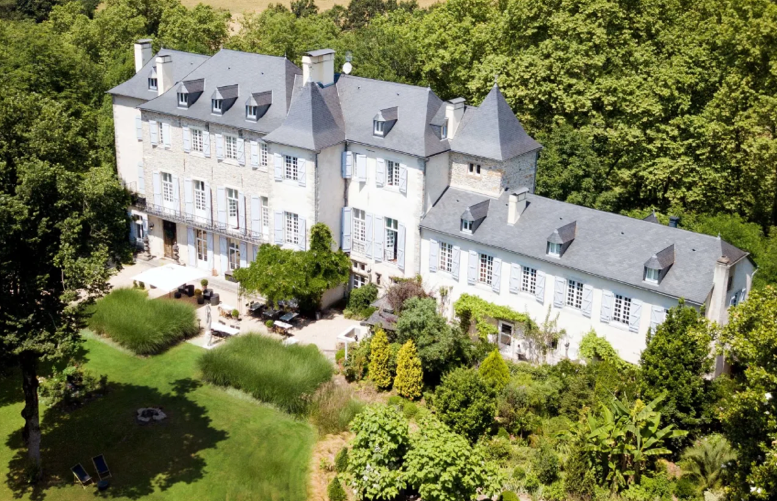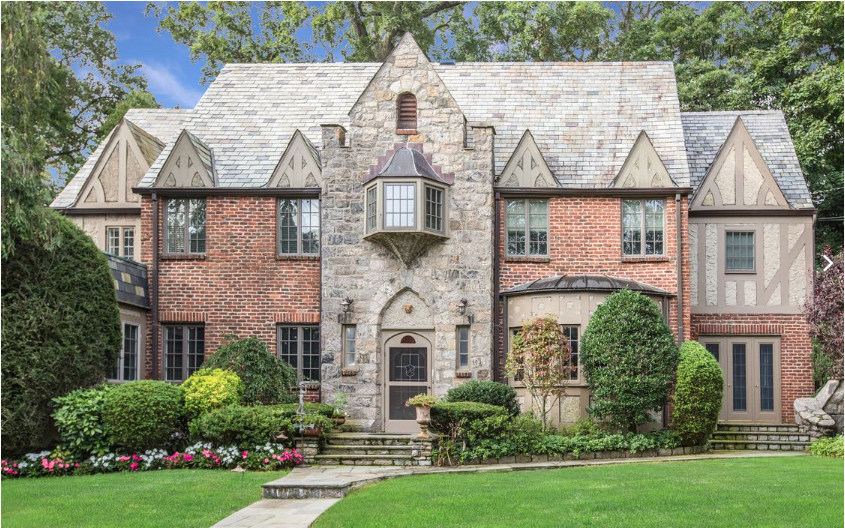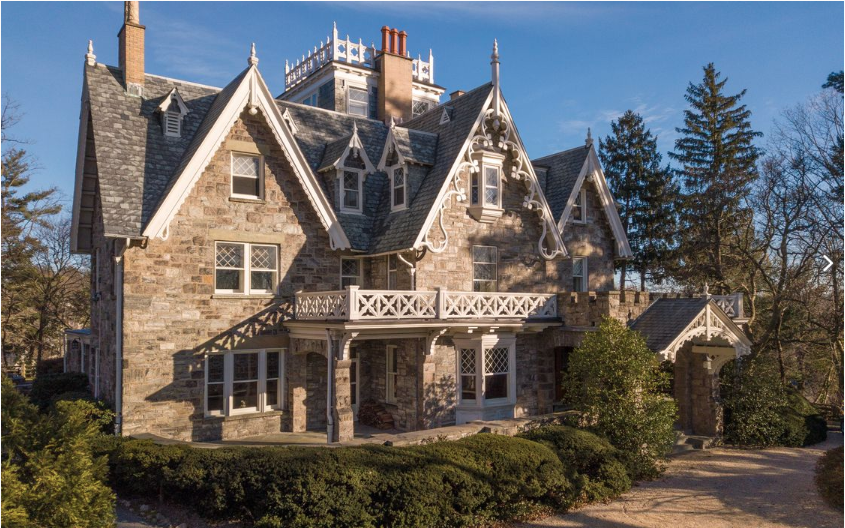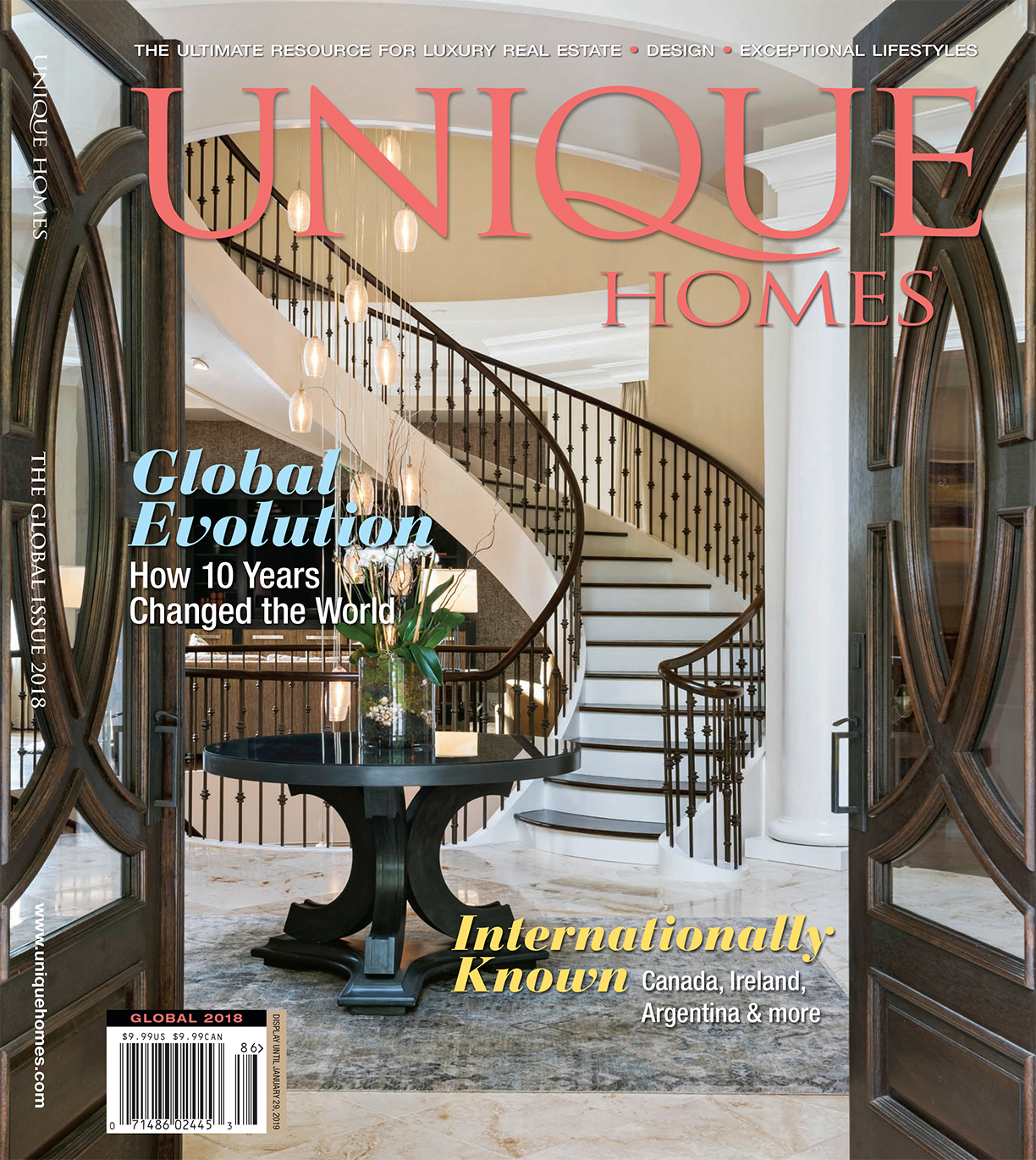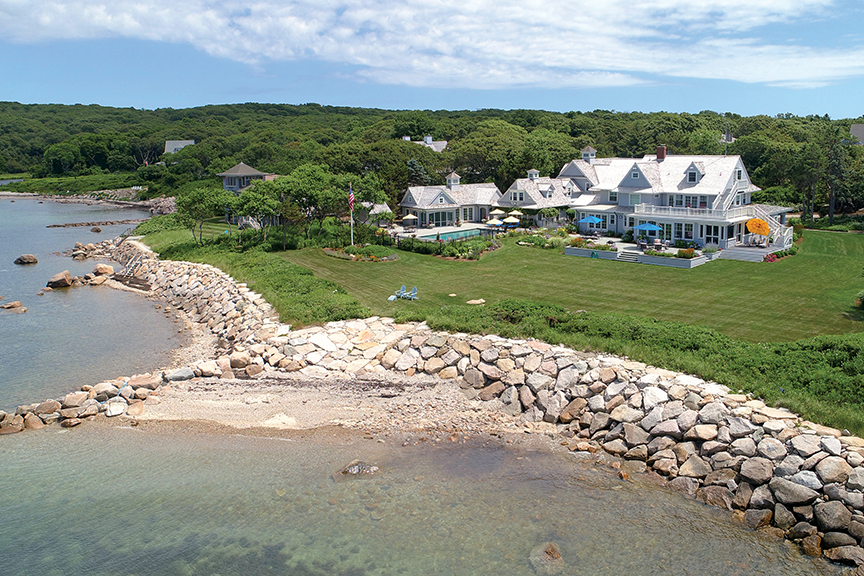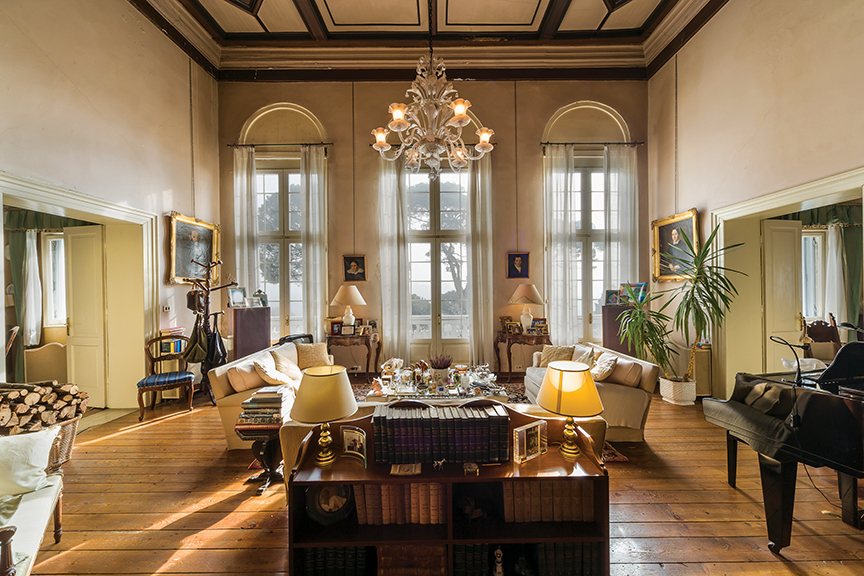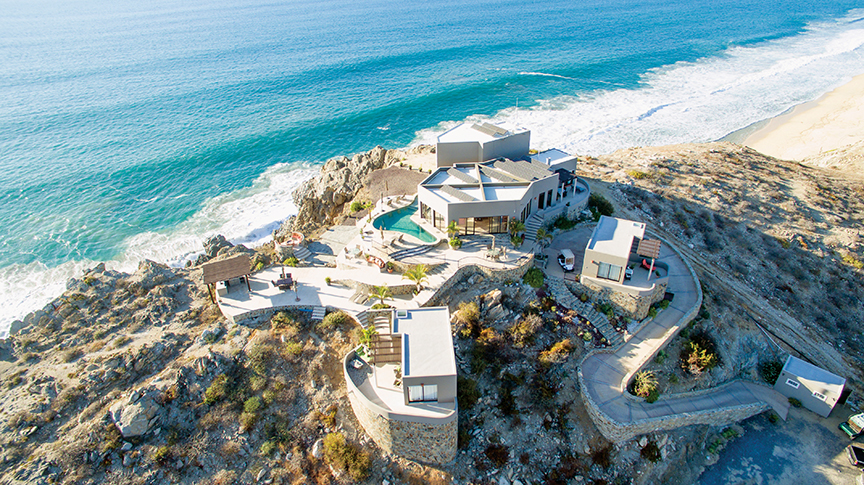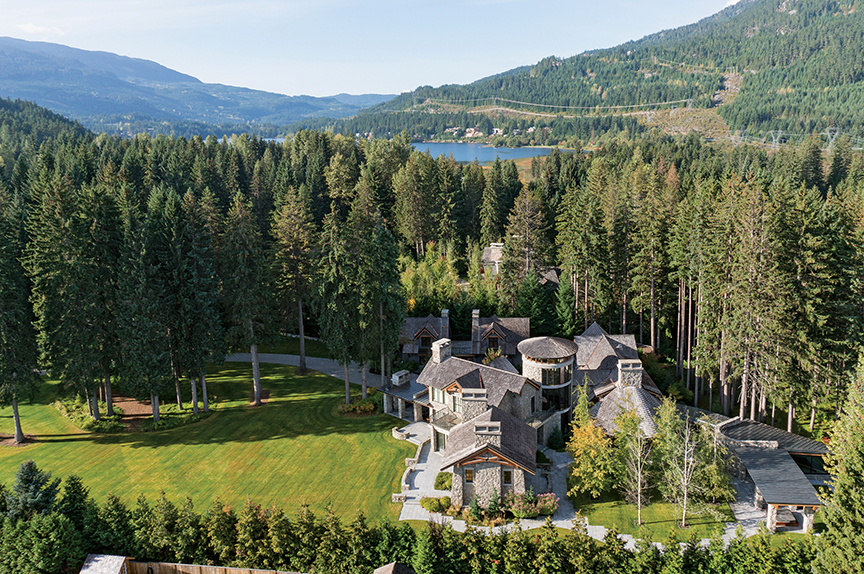REAL ESTATE EXECUTIVE TAMI HALTON PARDEE IS COMMITTED TO GIVING BACK, EMPOWERING THOSE WHO HAVE NO ROOF AT ALL.
Founder and CEO of Halton Pardee + Partners, Tami Halton Pardee is one of the nation’s premier real estate entrepreneurs, leading her Los Angeles-based firm to sell more than $3.8 billion worth of properties since its inception in 2004. Halton Pardee is also a prominent philanthropist who created the Life Change Warriors foundation in 2017 after years of promoting a culture of giving at her company.
In 2001 Halton Pardee was diagnosed with multiple sclerosis (MS), a devastating blow to a vibrant young woman just entering her thirties, but she drew inspiration and energy from this adversity. “That call from my doctor taught me I had to start planning my life, not just letting it happen,” recounts Halton Pardee, who adds, “I needed to start living my best life.”

Photo courtesy of Halton Pardee + Partners.
Halton Pardee founded Life Change Warriors to help people move beyond their own traumas, whatever those may be, and as a real estate professional and mother of four she focused her attention on homeless women and at-risk kids. The real estate executive had always been committed to returning some of her good fortune to the community, and Halton Pardee + Partners maintains a policy of donating a portion of all commissions to local charities, totaling more than $1.3 million over 14 years. But with her newfound sense of purpose, Halton Pardee yearned to be more hands-on in her giving, and those charitable proceeds are now directed primarily to Life Change Warriors.
The foundation translates Halton Pardee’s long-held philosophy of creating one’s best life through human connections, but presents it through a more structured methodology. Life Change Warriors offers six weeks of classes — she teaches them herself along with two life coaches — for people unable to get beyond their respective traumas, often relegated to living on the streets.
“Everybody lives in the past and believes that it dictates their future, but it doesn’t have to be that way,” insists the entrepreneur, who personally overcame her own traumas. “I want them to live their best lives,” reports Halton Pardee, who hosts students at her home for graduation dinners. The graduates receive a monetary gift to use as a deposit for an apartment or to pursue a degree or career goal, finally breaking the cycle of homelessness with a newfound sense of empowerment.
One of Life Change Warriors’ many success stories was a single, homeless mother named Sylvia, who after graduation from her six-week class went on to receive her high school equivalency certificate and was placed by the foundation in a job with a nonprofit affordable housing developer, where she has since been promoted to property manager.
“After selling a $10 million home, how can any agent not think of giving a portion of that commission to people who don’t even have a roof over their heads?” asks Halton Pardee, who notes the real estate industry is ideally suited to this kind of charity. “When you believe in someone, it can really change their life,” she says, noting that until many of her students begin classes, they have never before had anybody truly believe in them. “They need to know they’re worthy and that there’s a way out of homelessness, that they can escape whatever happened in their past,” explains the inspiring philanthropist.


